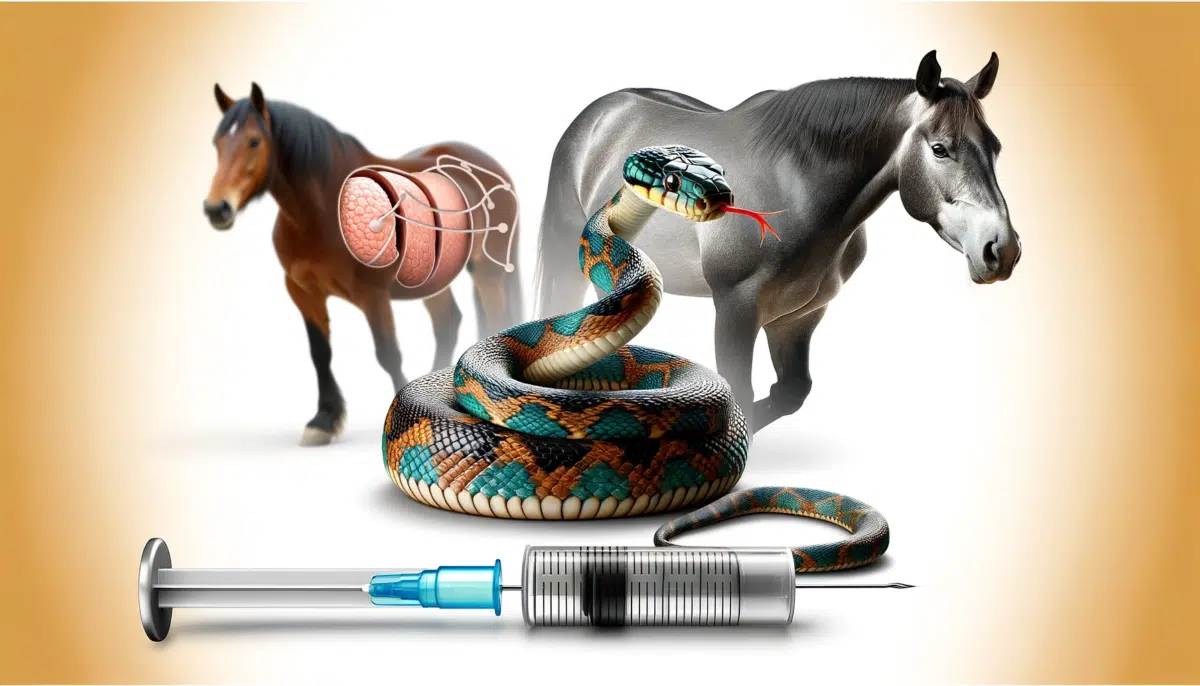As an Animal Scientist and future veterinarian, I find the production of antivenom for snake bites fascinating. I hope you enjoy learning more about this process that combines animals’ natural immune responses with science to obtain antivenom for snake bites.
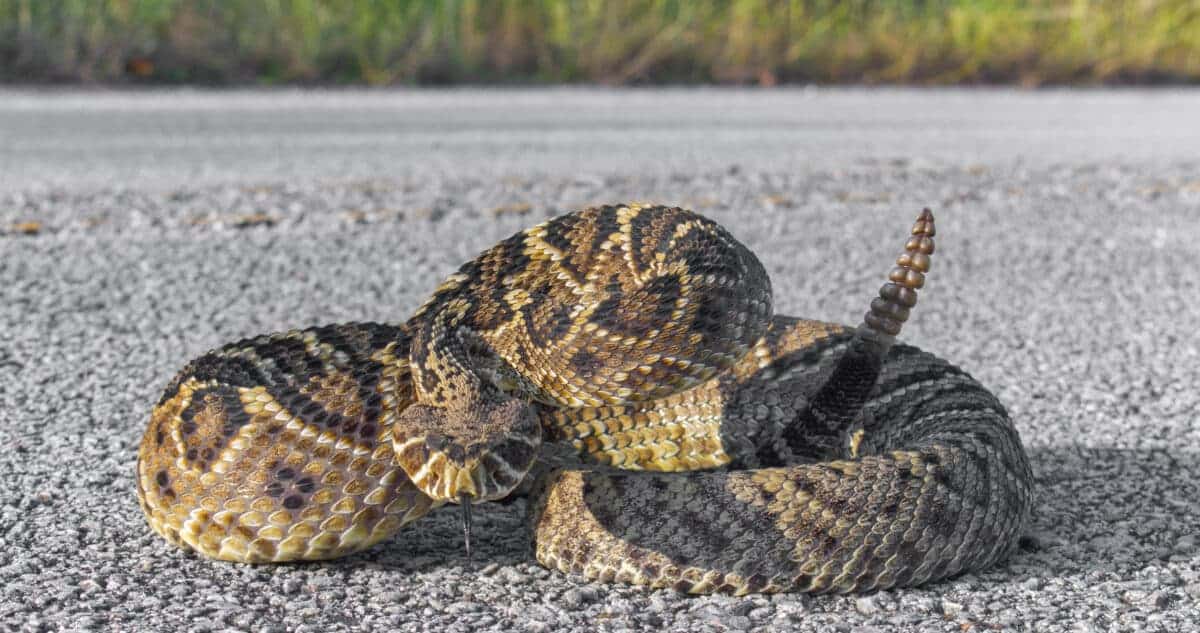
Introduction
Antivenom is a crucial part of medicine in countries that have venomous snakes. Antivenom is used both for people and pets to try to counteract the effect of the venom that a snake emits should they be unfortunate enough to be bitten. Its production involves the use of snake venom and the immune system of horses (or sometimes sheep) to produce the necessary antibodies to combat snake venom.

How Is Venom Extracted From Snakes?
The process of making antivenom begins with the collection of venom. Venom is extracted from different species of snakes. This is usually done in each country to ensure antivenom is made for indigenous venomous snakes.
Venom is extracted by encouraging the snake to bite on a membrane covering a container, thus allowing the venom to be collected safely. The venom of these snakes is required to produce antivenom, so despite this process seeming scary, it is a necessary step.
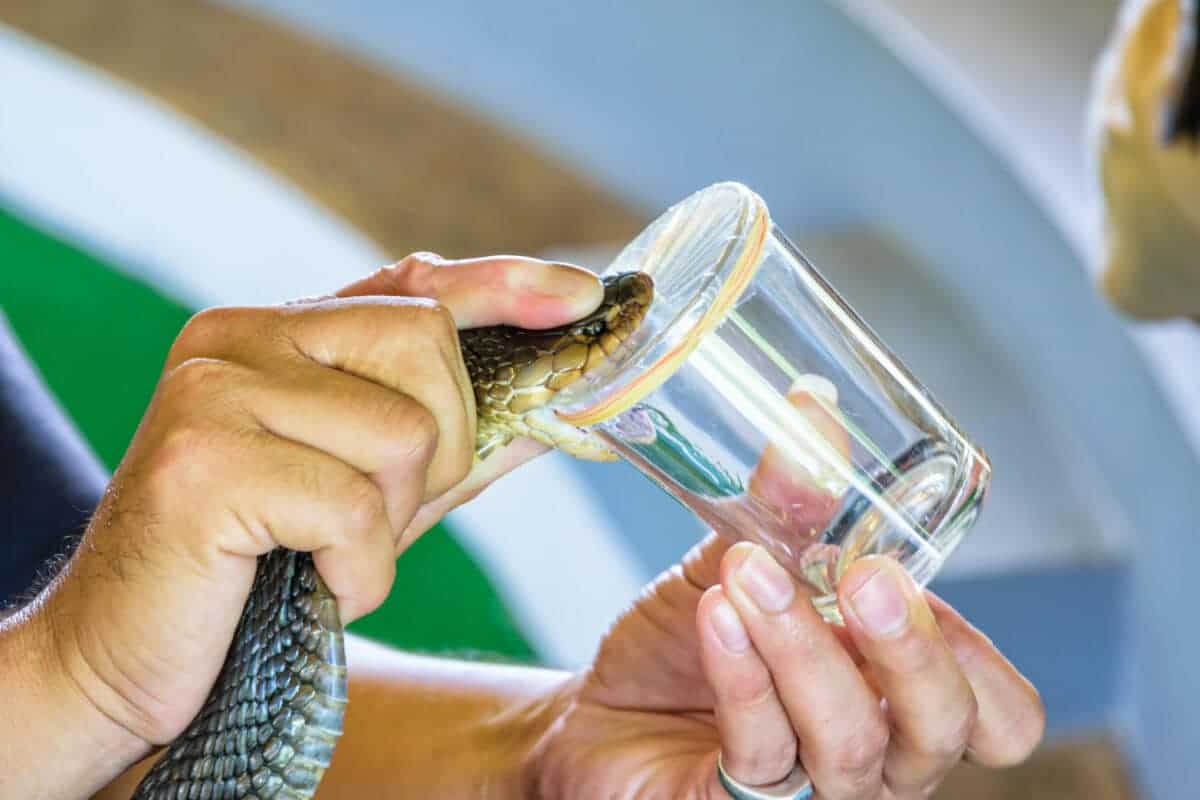
How Is The Antivenom Made?
Once the venom has been extracted, it is diluted to a safe concentration. This diluted venom is then injected into a host animal, often a horse or sheep. These animals are chosen because of their size and the fact that they can produce a large amount of antibodies.
The amount of venom injected is insufficient to cause serious harm but is sufficient to stimulate the animal’s immune system to produce antibodies against the venom.
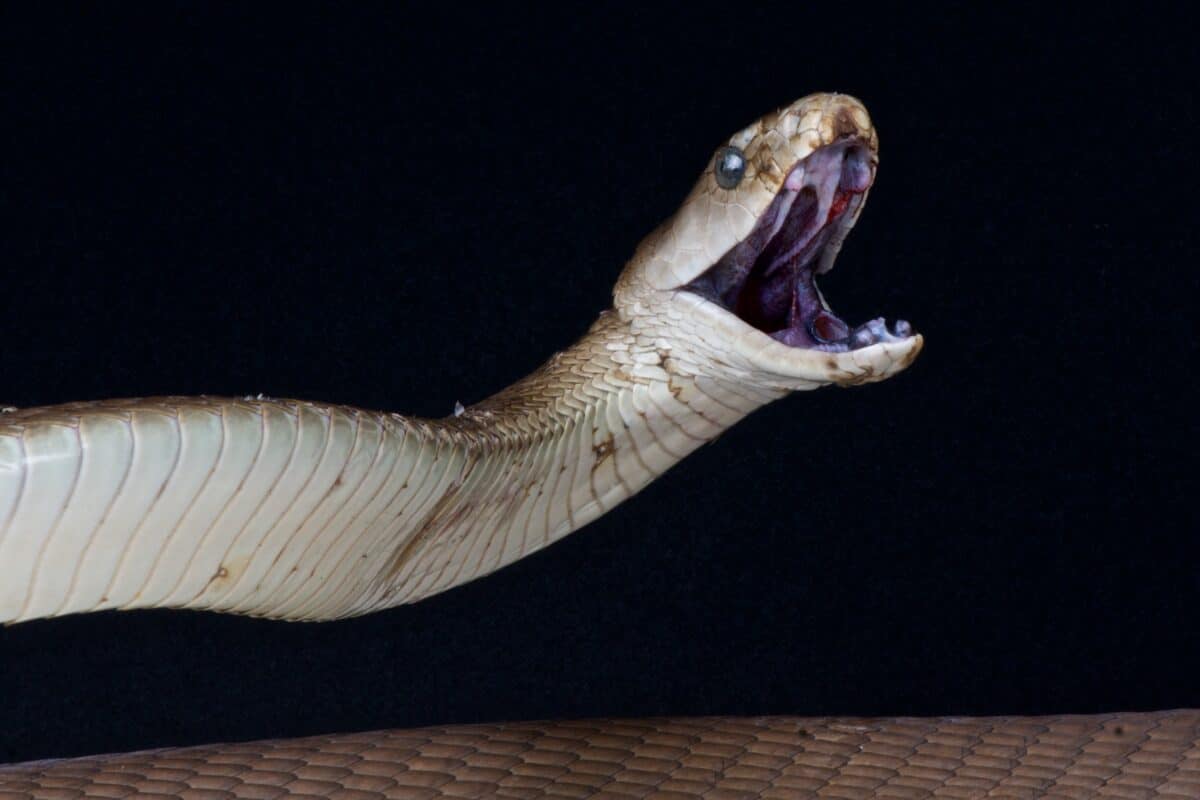
The immune response in the animal takes time, during which the animal’s body develops antibodies specifically tailored to neutralize the venom’s toxic effects. After an adequate immune response, a safe volume of blood is drawn from the animal. This blood contains the antibodies that the animal’s immune system has made to combat the specific snake’s venom, kind of like ‘raw’ antivenom.
The next step involves separating the antibodies from the rest of the blood components taken from the animal. I won’t bore you with the lab science process here, but what you end up with is antibodies being isolated, which can continue being processed to make antivenom.
The next steps are to ensure the antivenom that is made is safe for human and animal use (such as dogs). This involves rigorous testing and purification processes to eliminate potential contaminants and ensure that the antivenom will not cause adverse reactions in humans or other animals.
Where Can You Get Antivenom?
Antivenom is usually packaged and distributed to hospitals, clinics, and sometimes large veterinary hospitals. Due to the complex process of making antivenom, it is not always easily available. It is often only kept at specific places where it can be administered safely to snakebite victims.

Administering Antivenom
The administration of antivenom is a time-sensitive matter, as it is most effective when given as soon as possible after a snakebite. It is crucial that antivenom is only ever administered by a trained medical practitioner, as a patient can have an adverse reaction.
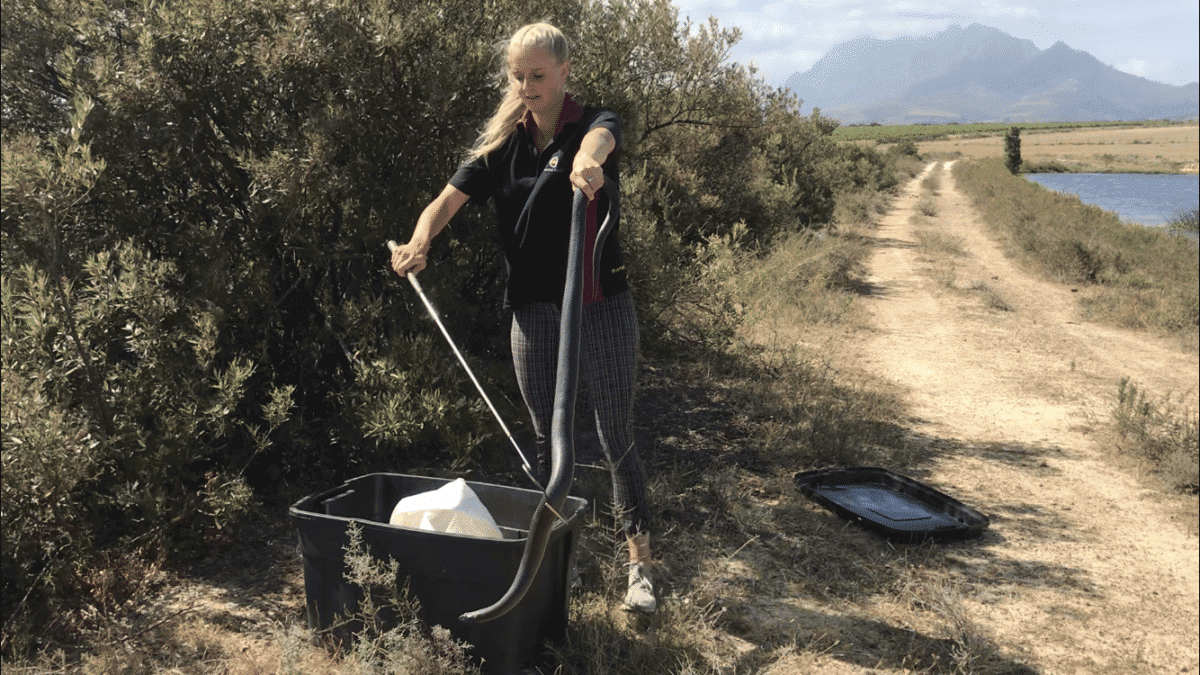
Knowing The Snake That Bit
Not all snakes are the same and can be extremely hard to identify, especially after a traumatic event such as being bitten by one. However, knowing what snake bit you or your pet is a prerequisite for benign administered antivenom because, without this knowledge, the wrong antivenom could have adverse effects on the victim. A possible word of warning is to take a video or photo of the snake so that someone more knowledgeable can confirm its identity.
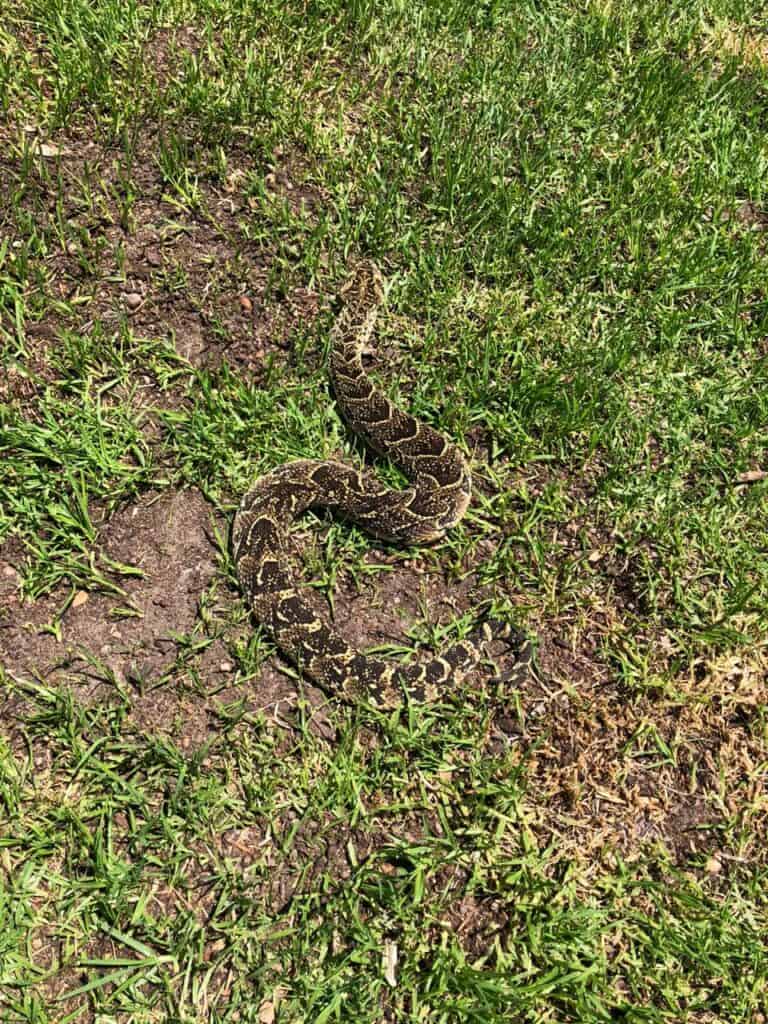
To Wrap It Up
The production of antivenom is a perfect example of how a potentially lethal substance can be transformed into a life-saving medicine. It’s a remarkable process that combines the dangers of venom with the wonders of the animal’s immune system, resulting in a vital tool in the fight against snakebite venom.
If you enjoyed learning about antivenom, you might like to learn more about the snakes that make venom in these articles:
- Venomous Snakes In The United States
- Watch: King Snake vs. Coral Snake
- Largest Mojave Rattlesnake Ever
Join our Forum for free today!


